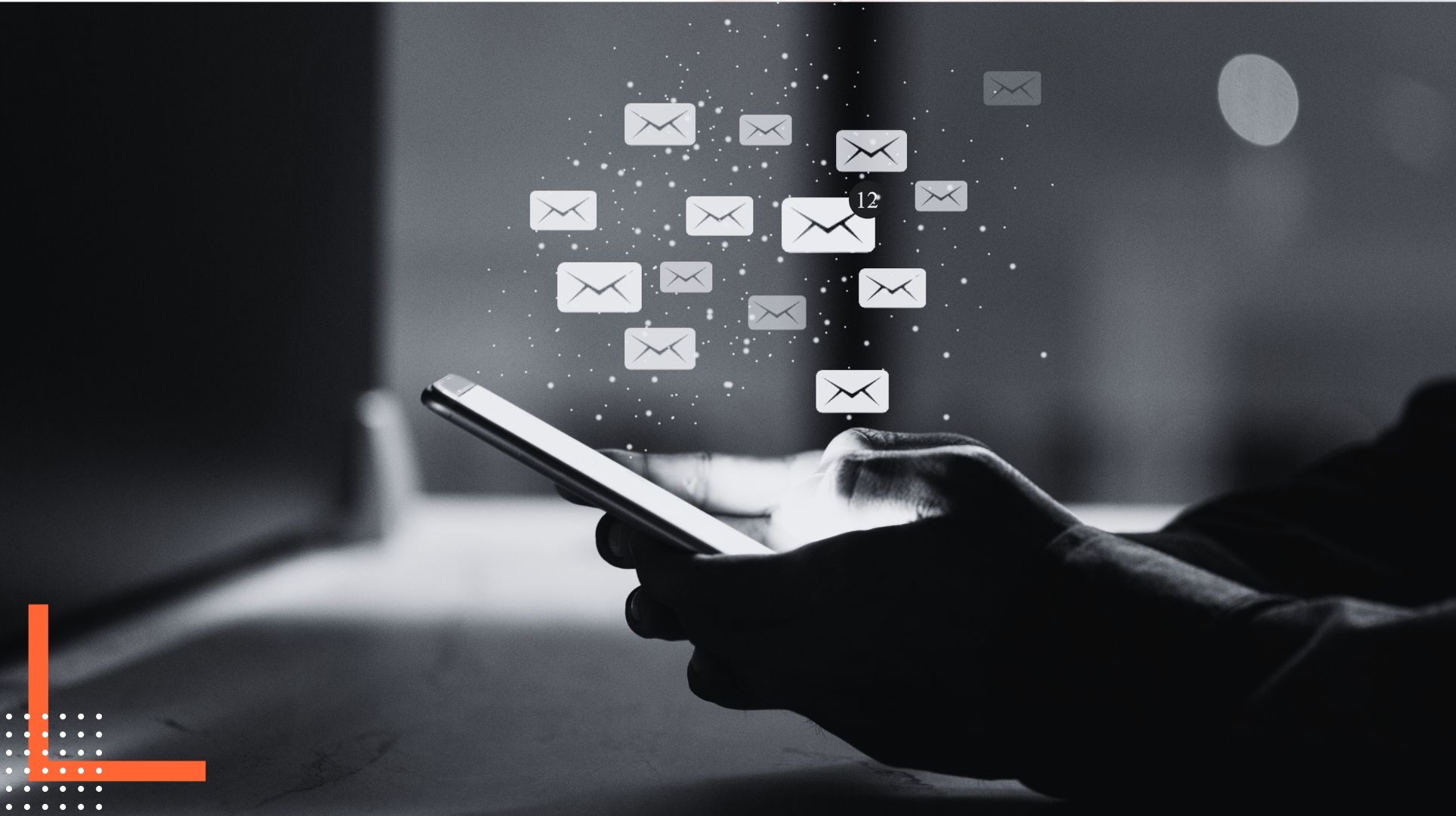Social media has become an integral part of our daily lives. From sharing photos with friends to watching videos and browsing news, social media platforms offer a wide range of features that keep us engaged. However, social media has also opened up new avenues for businesses to reach out to their target audience. This is where Social Media Marketing (SMM) comes in. In this article, we will explore the basics of SMM, its benefits, and how to implement it in your business strategy.
Introduction to SMM
Social media marketing, or SMM, is a form of digital marketing that involves creating and sharing content on social media platforms to promote a brand, product, or service. The aim of SMM is to increase brand awareness, engage with the audience, and drive traffic and sales to the business’s website.
Understanding Social Media Platforms
Before diving into SMM, it is important to understand the different social media platforms available. Each platform has its unique features, audience, and tone. Some of the most popular social media platforms for businesses are:
- YouTube
- TikTok
It is essential to research and identify which platforms are most relevant to your business and audience.
Benefits of SMM
There are numerous benefits to implementing an SMM strategy, including:
- Increased brand recognition: SMM allows businesses to create a strong brand image and voice, which can help in creating brand recognition and loyalty.
- Improved customer engagement: Social media platforms allow for direct communication with customers, providing businesses with the opportunity to engage with their audience and build strong relationships.
- Increased website traffic: Sharing content on social media can drive traffic to a business’s website, increasing the chances of converting visitors into customers.
- Better audience targeting: Social media platforms offer advanced targeting options, allowing businesses to reach their specific target audience based on demographics, interests, and behaviors.
Developing an SMM Strategy
To implement an effective SMM strategy, businesses must follow a structured process that includes the following steps:
Defining Objectives
The first step is to define clear objectives for the SMM strategy. These objectives should align with the overall business goals, such as increasing sales, improving customer engagement, or building brand awareness.
Identifying Target Audience
Next, it is essential to identify the target audience. This includes understanding their demographics, interests, and behaviors, and how they interact with social media platforms.
Choosing the Right Platforms
Once the target audience is identified, businesses must choose the social media platforms that are most relevant to their audience and business goals.
Creating Engaging Content
The content shared on social media platforms must be engaging, relevant, and valuable to the target audience. This includes a mix of text, images, videos, and other forms of media.
Posting Schedule
Businesses must determine a posting schedule that is consistent and optimized for each platform. This includes identifying the best times to post and the frequency of posts.
Analyzing Metrics
Finally, businesses must track and analyze metrics to measure the success of the SMM strategy. This includes metrics such as the number of followers, engagement rates, website traffic, and conversion rates.
Tools for SMM
To make the most out of SMM, businesses can utilize various tools that can help in creating and managing social media content. Some of the popular SMM tools are:
- Hootsuite: A social media management platform that allows businesses to schedule and publish content across multiple platforms.
- Canva: A graphic design platform that allows businesses to create visually appealing content for social media.
- Google Analytics: A web analytics tool that helps businesses track website traffic and monitor user behavior.
- Buffer: A social media management tool that allows businesses to schedule, publish and analyze social media content.
Mistakes to Avoid in SMM
While SMM can offer numerous benefits, there are some common mistakes that businesses should avoid. These include:
- Focusing on quantity over quality: Posting too often or sharing low-quality content can result in low engagement rates and damage the brand’s image.
- Ignoring audience feedback: Ignoring comments and feedback from the audience can lead to a loss of engagement and negative brand image.
- Not measuring results: Failing to track and analyze metrics can result in a lack of insight into the effectiveness of the SMM strategy.
Future of SMM
As social media platforms continue to evolve and expand, SMM is expected to become an even more critical aspect of digital marketing. Some of the trends that are expected to shape the future of SMM are:
- Increased use of video content: Video content is expected to become even more popular, with platforms such as TikTok and Instagram Reels leading the way.
- Rise of social commerce: Social media platforms are expected to become even more integrated with e-commerce, allowing businesses to sell products directly on social media.
- Use of augmented reality: Augmented reality technology is expected to play a significant role in SMM, allowing businesses to create more interactive and engaging content.
Conclusion
Social media marketing is a powerful tool that can help businesses reach out to their target audience, build brand awareness, and drive sales. To implement an effective SMM strategy, businesses must define clear objectives, identify the target audience, choose the right platforms, create engaging content, and track metrics. By avoiding common mistakes and staying up-to-date with the latest trends, businesses can make the most out of SMM and stay ahead of the competition.
FAQs
- Is SMM better than traditional marketing?
Both SMM and traditional marketing have their own benefits and drawbacks. It is recommended to use a combination of both for maximum effectiveness.
- How much time should I spend on SMM?
The amount of time spent on SMM varies depending on the business goals, target audience, and available resources. It is recommended to have a dedicated SMM team or hire a professional social media marketing agency.
- Can SMM be effective for small businesses?
Yes, SMM can be an effective tool for small businesses to reach out to their target audience and build brand awareness.
- How often should I post on social media?
The frequency of posting depends on the platform and the target audience. It is recommended to post at least once a day on Facebook, Instagram, and Twitter.
- How do I measure the success of my SMM strategy?
Success can be measured through various metrics, including engagement rates, website traffic, conversion rates, and social media analytics tools such as Hootsuite and Google Analytics.







